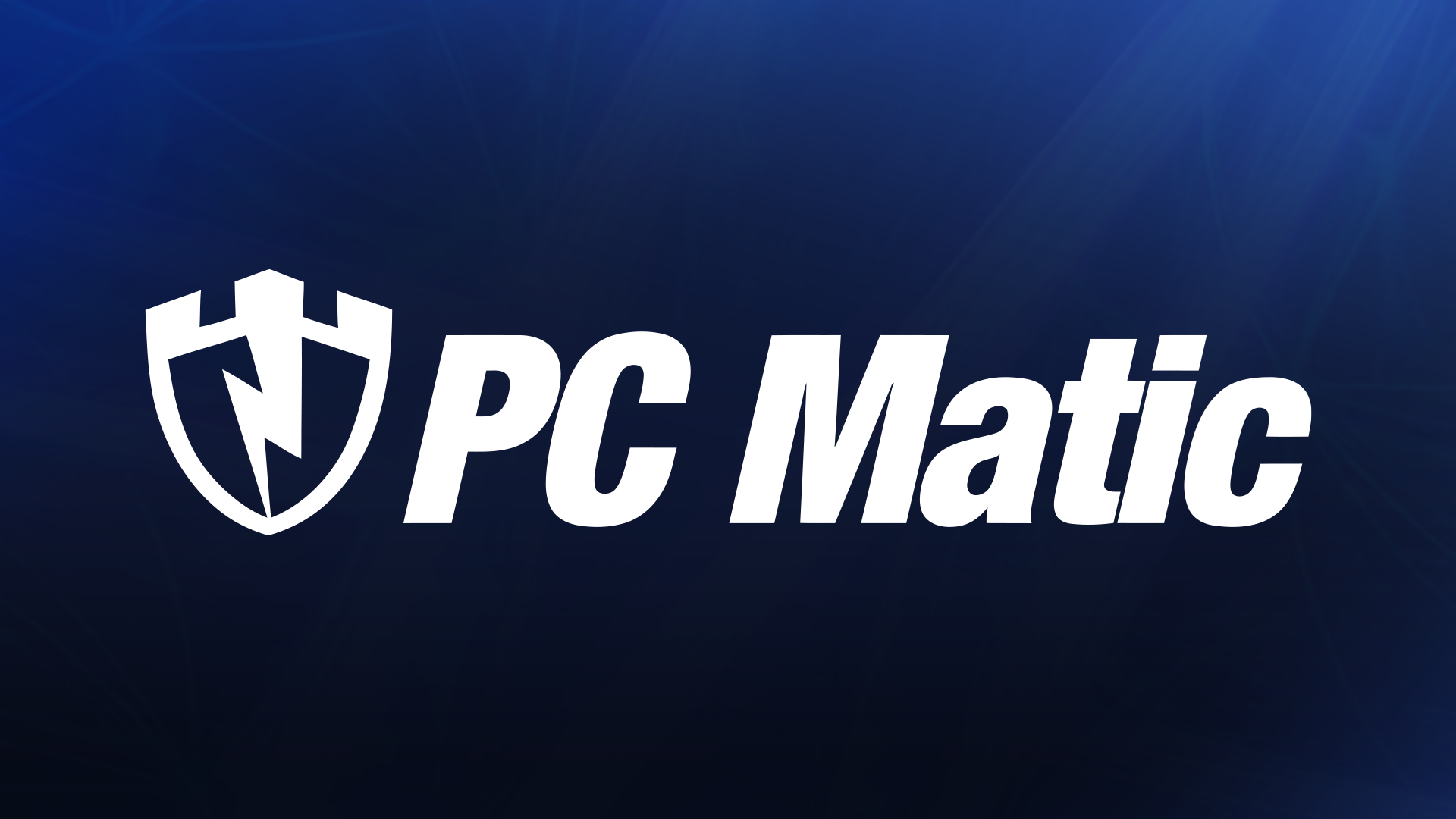
By Harry McCracken
What, precisely, is the iPad? Compared with its iconic ancestors, the iPod and the iPhone, that’s a surprisingly tough question to answer. It runs the same operating system as the iPhone–but you can’t make phone calls on it. It has been hailed as the gadget that may save the publishing industry–though its e-reader software, which isn’t preinstalled, does not display magazines and newspapers. It features a bevy of games–but it’s neither an Xbox 360-killer nor a handheld device like a Nintendo DSi.
Most paradoxically of all, the iPad takes on the Windows world of netbooks and even more full-featured PCs, though it doesn’t run all Web apps. Or print. Or provide a file system that lets you get to all your documents in any app. Those shortcomings would make the very concept of competing with PCs laughable, if weren’t for the way its small size, touch interface, and impressive battery life add up to one of the best devices ever built for consuming content of all kinds, from Web pages to books to feature films. It’s both more fundamentally limited than a PC and an exciting sneak peek at where interfaces are likely to go–which is why it makes much more sense as a supplement to the other computers in your life than as a replacement for any of them.
In short, Apple’s tablet competes with an array of existing devices without mimicking any of them. And the best way to figure out whether it’s a plausible alternative to a PC, an e-reader, a game console, or any other better-established gizmo is to give it a whirl.
So we did–read on to see what we found.
[This post is excerpted with Harry McCracken’s permission from his Technologizer blog.]


